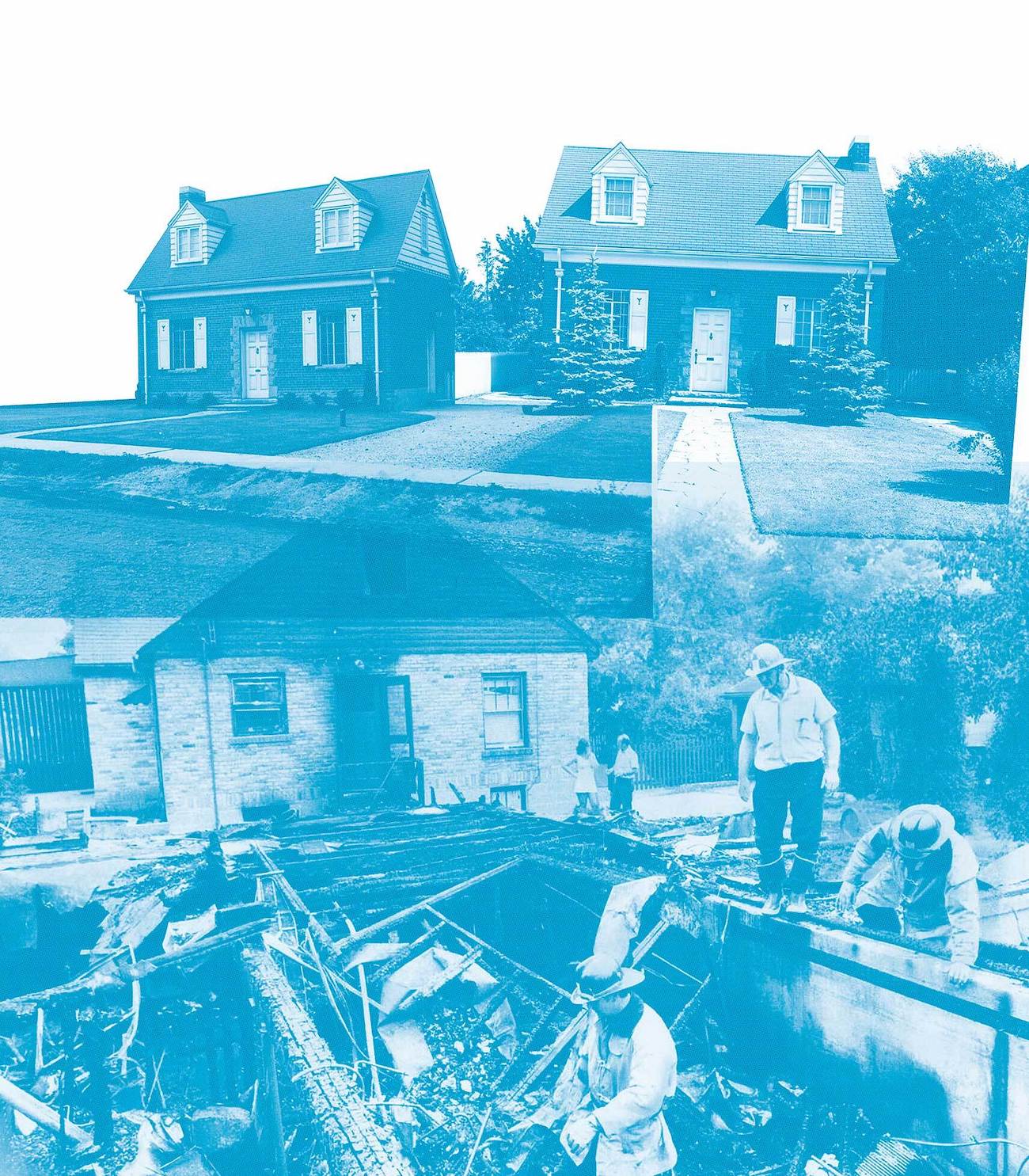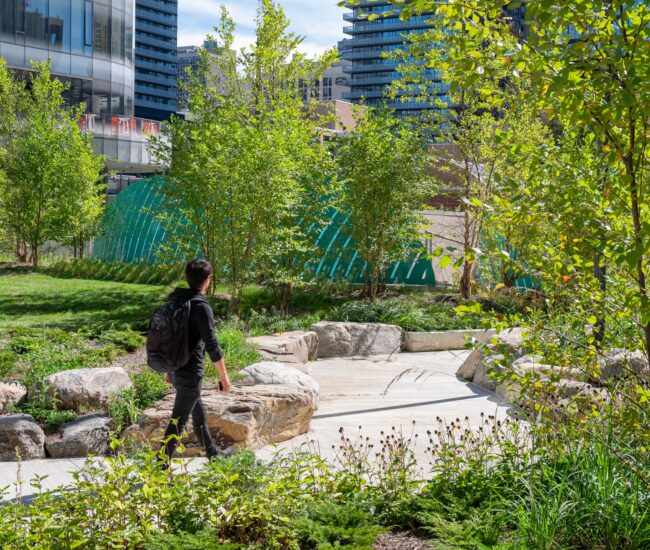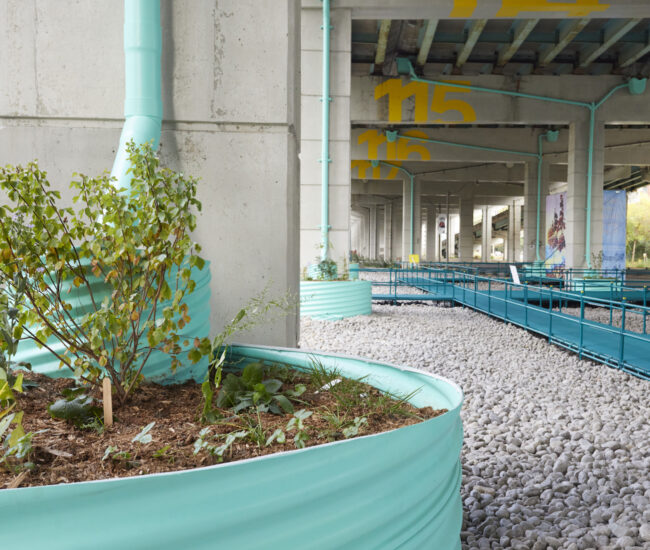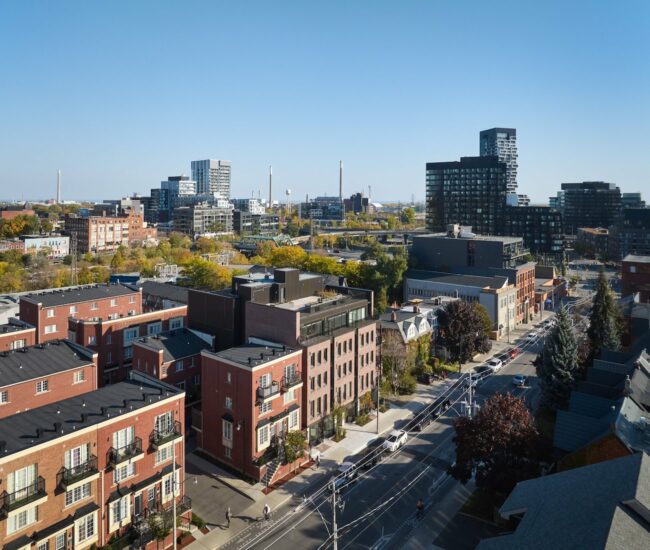It’s Been a Gas: Bidding Farewell To Fossil Fuels

Are the days of toxic, flammable and environmentally destructive methane in homes finally numbered?
The call came at work. By the time I ran home 10 minutes later, our narrow west end street was crowded with fire trucks and police cars, with the clamour of sirens and vehicles converging at our address. My heart dropped. Neighbouring homes were already evacuated, with the block’s residents gathering to watch the commotion from a distance. Someone moved to light a cigarette, drawing a barrage of panicked shouts. The culprit? Our landscaper’s shovel hit the gas line, transforming a quiet weekday morning into a frenzy of leaking methane.
It’s a day I won’t soon forget. Even after the ruptured line was repaired, the sense of unease lingered. Like many houses of its era, our century-old abode wasn’t exactly up to code – and the gas line had been placed only inches below the sidewalk. Inside, the old place basically ran on the stuff, powering the furnace, boiler and oven – even the washer and dryer. It got me thinking: why keep pumping it into our home?
Today, natural gas remains the most common form of energy used in Canadian homes. Here in Ontario, it’s used in 67 per cent of all residences. For older Toronto houses, it’s all but taken for granted. But besides the risk of flammability, it’s environmentally destructive. After all, natural gas primarily consists of methane, a greenhouse gas more potent than carbon dioxide – and a key contributor to climate change. It’s also bad for our health. According to a 2022 Harvard study, the consumer-grade natural gas pumped into homes contains numerous dangerous air pollutants, while an investigation published in the International Journal of Environmental Research and Public Health found that 12.7 per cent of America’s childhood asthma cases are attributable to household gas stoves. The growing revelations prompted some members of Congress to champion a suite of pending regulations, including mandatory vent hoods, performance standards, automatic shut-off valves and warning labels. Reading through the reports, I remembered the tiny Montreal studio of my early 20s and the constant, nauseating smell that emanated from my ancient, unventilated range.

Back at our house, we quickly replaced the gas stove with an electric one. Ditto the washer and dryer. As for the furnace and water heater? That’s harder. While contractors happily offered to replace our grumbling heater with a more efficient gas model, switching to an electric air-source heat pump was a tall order. Some contractors wouldn’t work with it or didn’t know how. In principle, at least, it’s a no-brainer. Consolidating the functions of a furnace and an air conditioner, the technology offers an efficient, carbon-free, fresh-air alternative to fossil fuels. Drawing heat from outdoor air in the winter – believe it or not, there’s always some – the mechanism reverses to cool the home in the summer. And while air-source heat pump technology is decades old, it’s now advanced enough to function through the depths of Canadian winters. Yet, as of 2022, only 700,000 households have made the switch, compared to the 5.1 million homes still heated by gas furnaces.

To scope out the terrain, I spoke to urban planner Blair Scorgie, who installed a pair of air-source heat pumps in his family’s Leslieville home. When the home’s decades-old mechanical equipment began to fail, Scorgie and his wife switched to air-source heating as part of a large-scale retrofit of the property. “The impetus was really to decarbonize our lives,” says Scorgie, “but it’s not necessarily a cost savings.” Installing the heat pumps also entailed a specialized contractor, a set of mechanical drawings and an upgraded mechanical panel, not to mention the “30 different ways we looked at configuring the electrical connection through the house, before we landed on one way that could actually work.”
Although such retrofits are eligible for government rebates such as the Canada Greener Homes Grant, Scorgie’s five-figure Mitsubishi unit fell marginally short of the complex qualifying criteria. For all that, the system works, delivering even and comfortable temperatures and improved air quality – even in the winter. “I was understandably nervous,” says Scorgie, recounting nights when outside temperatures dipped to -27 C, “but it performed exceptionally well.”
As for our house? One day. Scorgie’s case study is both a shot in the arm and a cautionary tale. Fully electrifying a home still requires serious planning – and cash. In the meantime, tools like an energy audit and a blower door test help ensure that our home is as efficient and air-tight as possible, even with a rickety old gas furnace. But it’s a goal worth pursuing. Homes and buildings account for 57 per cent of greenhouse gas emissions in Toronto, mostly from the burning of fossil fuels for heating and hot water. By contrast, Ontario’s electric grid is 91 per cent carbon free. For the planet, at least, it’s simple math.










